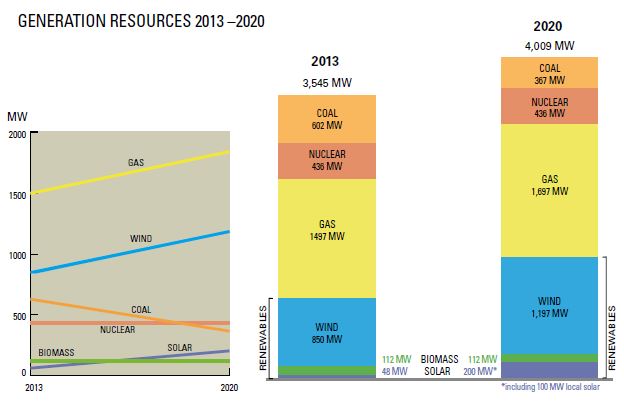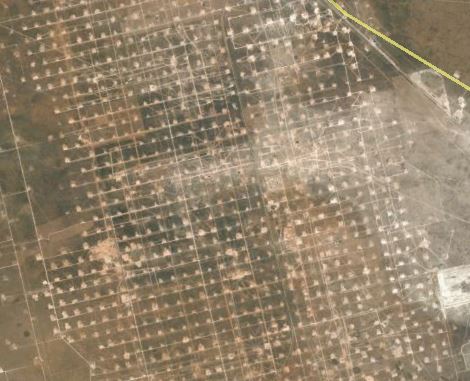Jimmy McAllen’s battle against Forest Oil has moved one step closer to conclusion. Last week the Corpus Christi Court of Appeals affirmed an arbitration award of more than $20 million against Forest Oil for environmental and other damages to the McAllen Ranch and personal injuries to Mr. McAllen.
The fight began in 2004, when McAllen sued Forest. He claimed that Forest had buried mercury-contaminated iron sponge wood chips on the 27,000-acre McAllen Ranch. The wood chips are waste from Forest’s gas plant on the Ranch. He also claimed that he had contracted cancer from pipe containing naturally occurring radioactive material (NORM) that Forest had given him to build pens on his Santillana Ranch. The pens were built to house endangered rhinoceroses. McAllen contracted cancer that required amputation of his leg.
Forest responded that McAllen was bound by a prior settlement agreement that required him to arbitrate any claims arising out of Forest’s operations on his ranch. McAllen opposed arbitration. The trial court denied Forest’s motion to require arbitration, and the Corpus Christi Court of Appeals affirmed. Forest appealed to the Texas Supreme Court, which held that McAllen was bound by the arbitration agreement. Forest Oil v. McAllen, 268 S.W.3d 51 (Tex. 2008).





